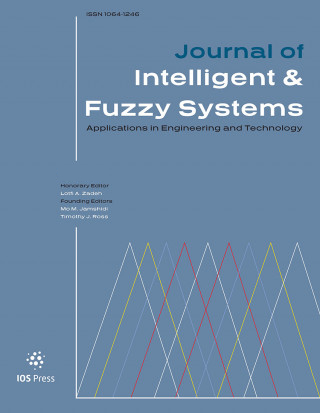Authors: Jayachandran, Shana | Dumala, Anveshini
Article Type:
Research Article
Abstract:
The Corona virus pandemic has affected the normal course of life. People all over the world take the social media to express their opinions and general emotions regarding this phenomenon. In a relatively short period of time, tweets about the new Corona virus increased by an amount never before seen on the social networking site Twitter. In this research work, Sentiment Analysis of Social Media Data to Identify the Feelings of Indians during Corona Pandemic under National Lockdown using recurrent neural network is proposed. The proposed method is analyzed using four steps: that is Data collection, data preparation, Building sentiment
…analysis model and Visualization of the results. For Data collection, the twitter dataset are collected from social networking platform twitter by application programming interface. For Data preparation, the input data set are pre-processed for removing URL links, removing unnecessary spaces, removing punctuations and numbers. After data cleaning or preprocessing entire particular characters and non-US characters from Standard Code for Information Interchange, apart from hash tag, are extracted as refined tweet text. In addition, entire behaviors less than three alphabets are not assumed at analysis of tweets, lastly, tokenization and derivation was carried out by Porter Stemmer to perform opinion mining. To authenticate the method, categorized the tweets linked to COVID-19 national lockdown. For categorization, recurrent neural method is used. RNN classify the sentiment classification as positive, negative and neutral sentiment scores. The efficiency of the proposed RNN based Sentimental analysis classification of COVID-19 is assessed various performances by evaluation metrics, like sensitivity, precision, recall, f-measure, specificity and accuracy. The proposed method attains 24.51%, 25.35%, 31.45% and 24.53% high accuracy, 43.51%, 52.35%, 21.45% and 28.53% high sensitivity than the existing methods.
Show more
Keywords: COVID 19, sentiment analysis, data analytics, lockdown, classification, recurrent neural network
DOI: 10.3233/JIFS-221883
Citation: Journal of Intelligent & Fuzzy Systems,
vol. 44, no. 2, pp. 2131-2146, 2023





